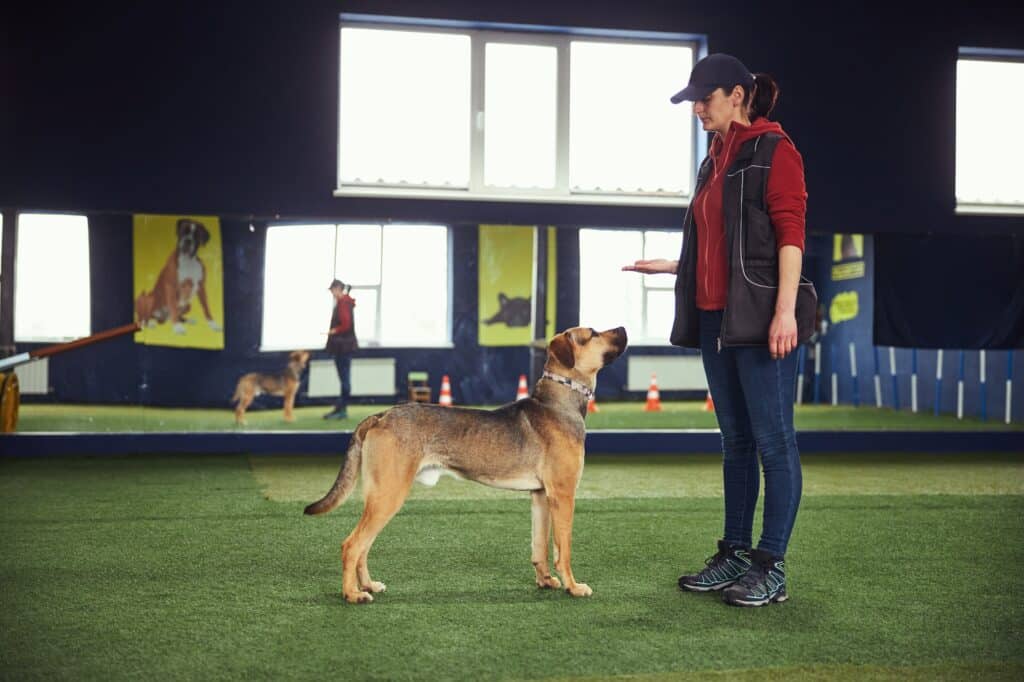Spanish Informal Commands

Tú commands are the singular form of informal commands. You can use affirmative tú commands to tell a friend, family member the same age as you or younger, classmate, child, or pet to do something. To tell somebody not to do something, you would use a negative tú command.
There are several different types of commands in Spanish: Affirmative and negative; formal commands, and informal commands. We will concentrate on these in this lesson.
Informal Singular
Tú commands: The singular informal way to say this command is used when you want to speak to a friend, colleague, someone younger than you, or a child. For example:
Compra la ropa/ Buy the clothes.
Lava el carro / Wash the car
To tell someone not to do something, you would use the command tú negative.
No compres la ropa/ Do not buy the clothes
No laves el carro / Do not wash the car
This lesson will show the commands in all its forms. The most common way to give commands is to use the word “tú” when you give orders, however you do not use the word “tú” itself because it is implied. “Cómprate (tú) la ropa.” “Buy the clothes. We do not include the word “tú” in our speech or when we write the command: “Cómprate la ropa.”
Formal Singular
Tú commands in the formal singular are used when you speak to a person much older than you, a teacher, a person in authority, or simply someone who is older than you who you may respect and you do not know very well. To use this form, you will change the vowel at the end of the verb from “a” to “e” in most cases.
Informal Formal
Cómpra los libros / Buy the books Cómpre los libros / Buy the books
Cómpra (Tú) los libros Cómpre (usted) los libros
When you use formal commands you imply the word “usted,” which is used in this form to give commands to elderly people, and people much older than you as a sign of respect.
Negative Tú Commands
| No compres los libros. No compre los libros No compres los libros. No compre los libros |
Notice how in the singular formal command you will omit the “s” at the end of the word “comprar.”
In the case of regular verbs, you will use the form of third person singular to form a (tú)
command. Regular verbs end in “er,” “ir,” or “ar,” and you will look at the stem or root of the word if you eliminate these endings.
| Verb | Informal Command | Formal Command |
| Escribir To write | Escribe (Tú) la carta Write the letter | Escriba (usted)la carta Write the letter |
In this case, you are changing the ending “e” from the verb, to an “a” to form the formal command. Remember that the word (Tú) and (usted) are implied and are silent.
| Tener – To have – Ten (conjugation for informal command in third person) Venir – To come – Ven ( informal command) Ven conmigo / Come with me Hacer – To do – Haz ( informal command) Haz tu cama / Make your bed Poner – To put – Pon (informal command) Pon la mesa / Set the table Salir – To go out- Sal (informal command) Sal del cuarto / Go out of the room |
| Tener to have – Tenga (formal command) Tenga la propina / Have your tip Venir – To come – Vaya (formal command) Vaya usted / You go ahead Hacer – To do – Haga (formal command) Haga un pastel / Make a cake Poner – To put – Ponga (formal command) Ponga la mesa / Set the table Salir – To go out Salga (formal command) Salga de mi casa / Go out of my house |




